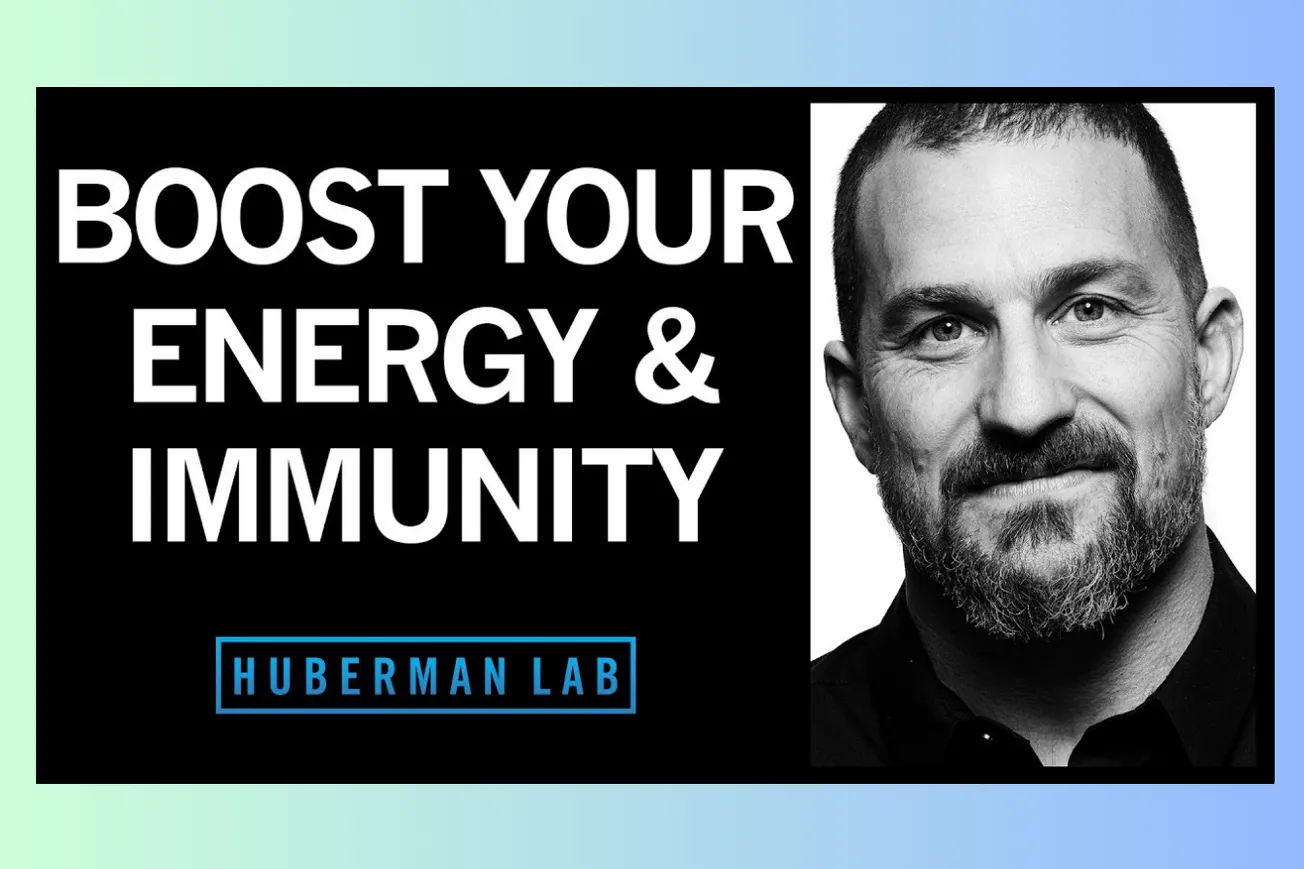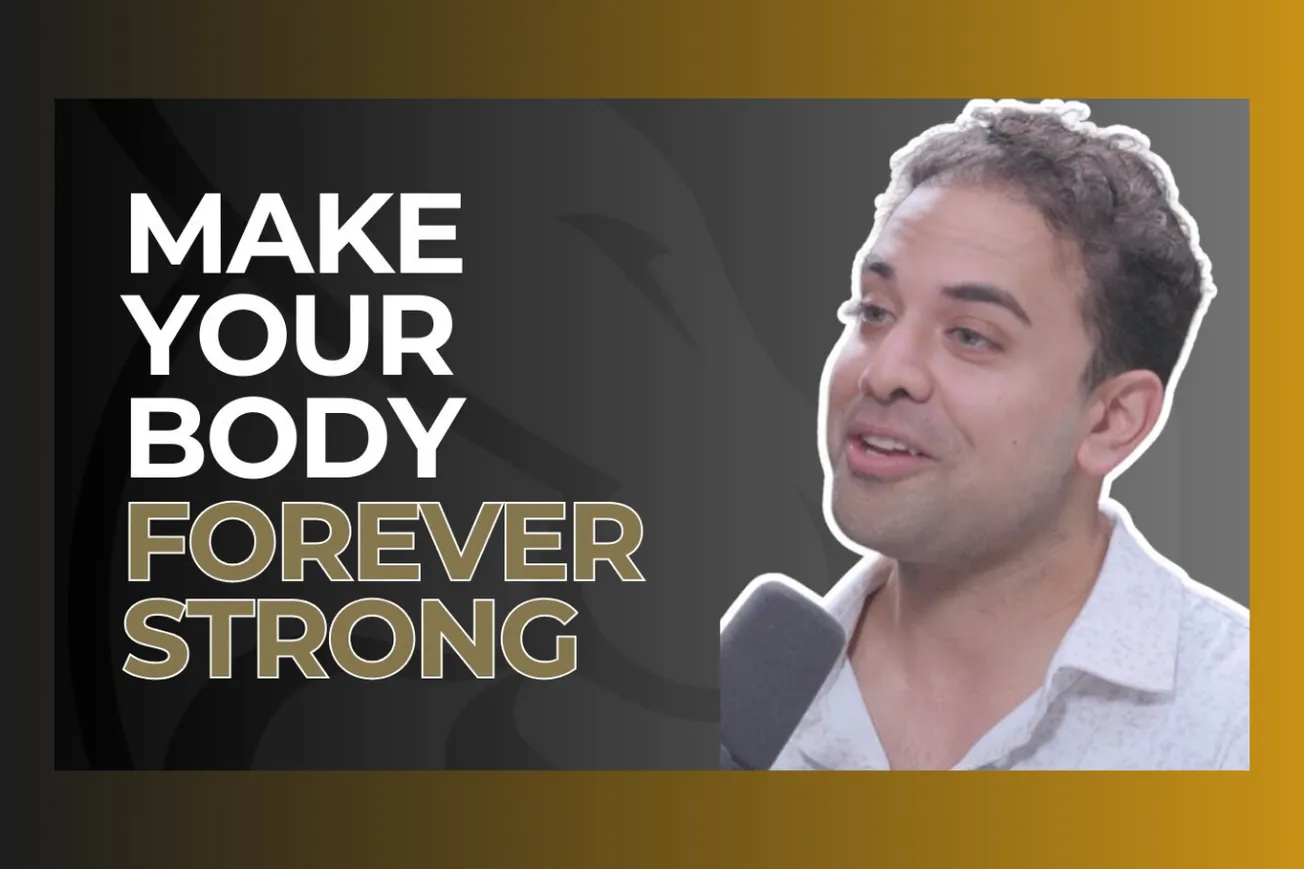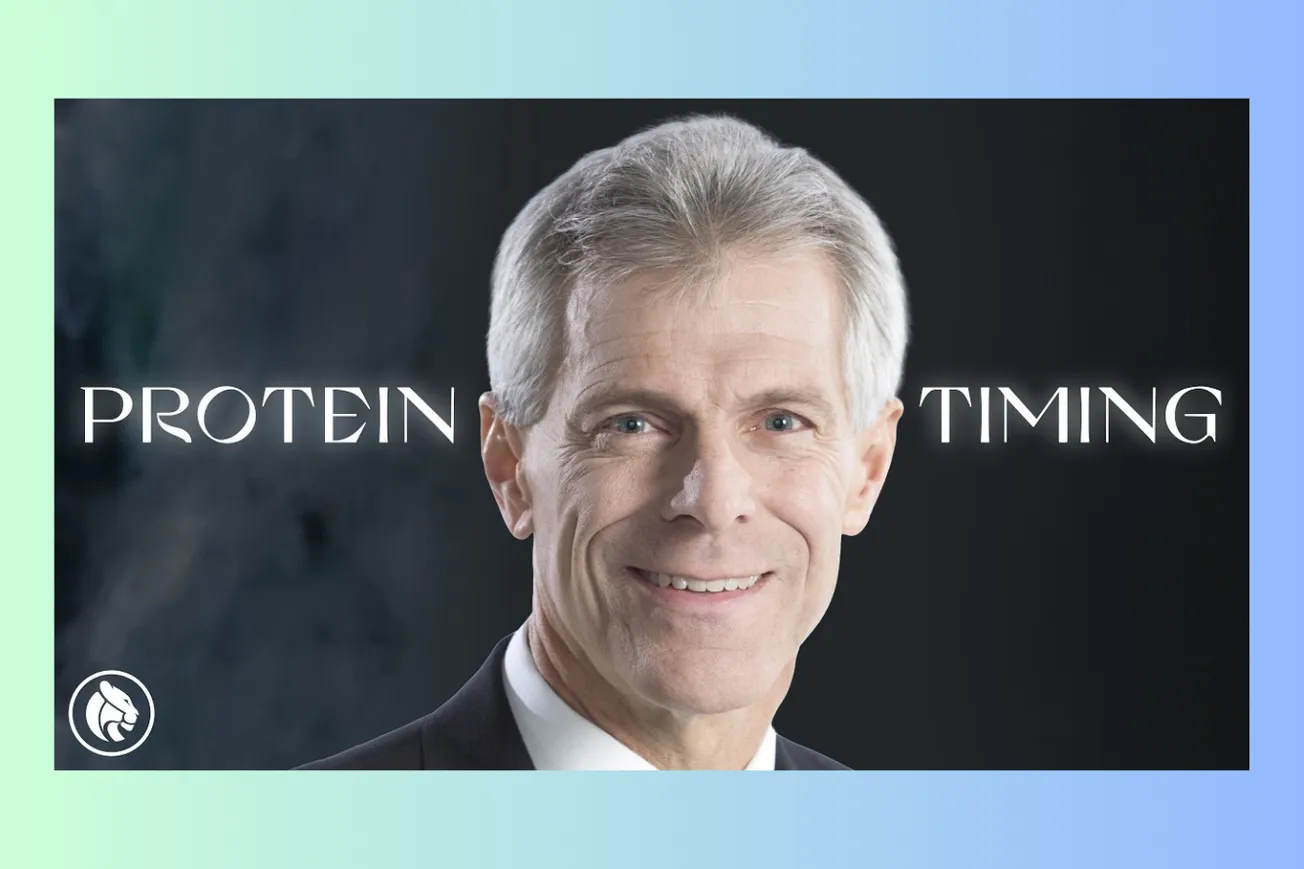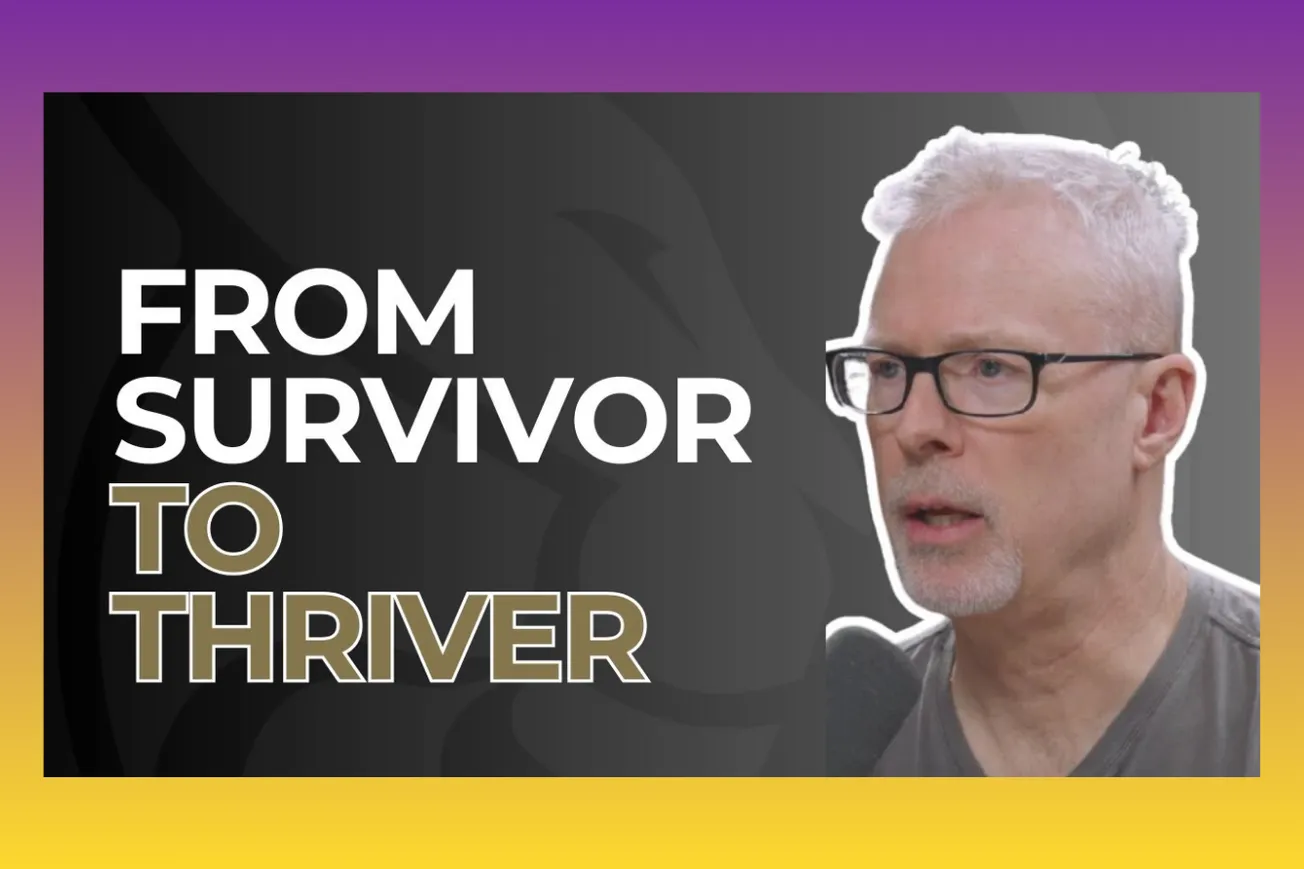Table of Contents
Discover how cortisol and adrenaline, often seen as negative stress hormones, can be strategically managed through light exposure, breathing, and timing to significantly boost your daily energy levels, enhance immune function, and even improve learning and memory retention.
Key Takeaways
- Cortisol is not just a stress hormone but a crucial energy hormone; its release should peak early in the morning for optimal daily function.
- Viewing sunlight (2-10 minutes) shortly after waking is vital for timing the cortisol peak correctly, impacting energy, focus, and even mood regulation.
- Short-term adrenaline spikes (from cold exposure, specific breathing, exercise) can enhance immune system function by mobilizing killer cells against infections.
- Chronic stress flips the cortisol feedback loop, leading to detrimental health effects like fat storage, anxiety, and immune suppression.
- Timing adrenaline boosts after learning sessions significantly enhances memory consolidation and long-term retention of information.
- Practices that deliberately increase adrenaline while maintaining mental calm can train resilience and improve regulation of the stress response.
- Supplements like Ashwagandha can significantly lower chronically elevated cortisol, especially when taken later in the day or evening.
- Fasting increases cortisol and adrenaline, boosting alertness, but chronic fasting combined with high life stress can exacerbate negative stress effects.
- Comfort food cravings during chronic stress are driven by cortisol's effect on brain feedback loops; sugary/fatty foods blunt the stress response temporarily.
Timeline Overview
- 00:00–15:00 — Introduction to the podcast's focus on cortisol and adrenaline (epinephrine) for energy and immunity. Discussion touches on sponsors, foundational concepts like growth hormone release mechanisms (including fasting's link via ghrelin), and corrects misconceptions about these "stress" hormones.
- 15:00–30:00 — Detailed explanation of cortisol as an energy-mobilizing hormone derived from cholesterol. Emphasis on the critical importance of timing the daily cortisol peak via morning sunlight exposure (2-10 mins depending on brightness), detailing Lux levels and why indoor light/windows are insufficient. Late-shifted cortisol is linked to depression and insomnia.
- 30:00–45:00 — Exploration of how both life events and deliberate practices (Wim Hof/Tummo breathing, cold exposure, high-intensity training) trigger cortisol and adrenaline release. Introduction of the concept of decoupling the body's stress response (adrenaline release) from the mind's stress response (mental calmness) as a key resilience strategy. Short-term stress is shown to boost immunity.
- 45:00–1:00:00 — Deep dive into adrenaline's role in enhancing immune function, referencing classic McEwen studies and the Kox et al. PNAS study involving E. coli injection and Wim Hof breathing. Discussion on controlling immunity on demand. Examination of the cortisol-thyroid link and the powerful retroactive effect of adrenaline/cortisol spikes after learning for memory consolidation.
- 1:00:00–1:15:00 — Optimal protocol suggested for learning: 90-min focus session, followed immediately by an adrenaline-boosting activity (cold, breathing, exercise), then NSDR, and finally sleep. Discussion on caffeine timing for learning enhancement and a critique of "nootropic" categories (glucose-boosting vs. cholinergic), positioning cortisol/adrenaline as sources of "neural energy".
- 1:15:00–1:30:00 — Addressing the detrimental effects of chronic stress: breakdown of the negative feedback loop for cortisol, leading to a damaging positive feedback cycle. Mary Dallman's research on comfort food cravings (high fat/sugar) under chronic stress is explained. The link between chronic stress (sympathetic activation) and premature graying via depletion of melanocyte stem cells is detailed.
- 1:30:00–End — Practical tools for managing chronic stress: Supplements like Ashwagandha (significantly reduces cortisol, best taken later in the day) and Apigenin (mild cortisol reduction, calming). Warning about licorice increasing cortisol. Recap of fasting's impact on alertness vs. potential for exacerbating chronic stress. Final emphasis on self-assessment (under vs. over-activated) to choose appropriate regulation strategies (activate vs. calm down). Importance of separating mental state from bodily activation.
Understanding Cortisol and Adrenaline
- Cortisol and adrenaline (epinephrine) are often misunderstood simply as "stress hormones." While involved in the stress response, they are vital for daily energy, alertness, and immune function when properly regulated.
- Cortisol, a steroid hormone derived from cholesterol, should naturally peak early in the morning. This peak acts like an ignition switch, waking you up, providing energy, and setting the stage for movement and alertness throughout the day.
- Adrenaline/Epinephrine, released both in the body (adrenals) and brain (locus coeruleus), drives immediate alertness, focus, and physical readiness. Short bursts are beneficial, while chronic elevation is detrimental.
- These hormones compete with sex hormones (estrogen, testosterone) for the same precursor (cholesterol). Chronic stress diverts resources towards cortisol production, potentially lowering sex hormone levels.
- Crucially, cortisol can cross the blood-brain barrier, affecting mood and brain function directly, while adrenaline released in the body cannot, allowing for the possibility of being physically alert but mentally calm.
- Understanding the mechanisms allows for targeted use of behaviours (light, breathing, exercise, fasting, supplements) to manage their levels for optimal health and performance.
Timing Your Cortisol Peak with Light
- Your body has a built-in, non-negotiable cortisol pulse every 24 hours, designed to wake you up and initiate daily activity. The key is ensuring this pulse happens at the right time – early morning.
- The most powerful tool for anchoring this cortisol rhythm is viewing natural sunlight within the first 30-60 minutes after waking. Aim for 2-10 minutes depending on brightness (less time if very bright, more if overcast).
- Sunlight, even on cloudy days, provides significantly higher light intensity (Lux) than typical indoor lighting. Outside on a sunny morning offers ~100,000 Lux, a cloudy day ~10,000 Lux, while bright indoor light is only ~1,000 Lux, and standard room light is ~100-200 Lux.
- Looking through a window drastically reduces the effective light intensity (by up to 50 times), making it far less effective for setting the cortisol clock. Artificial lights, including phone screens, are insufficient for this purpose.
- Getting this morning light exposure correctly not only boosts immediate energy and focus but also helps prevent a late-day cortisol spike, which is strongly linked to depression, anxiety, and insomnia.
- This morning cortisol peak, timed by light, also correctly sequences the release of thyroid hormone, which is crucial for setting overall metabolism.
Acute Stress: Boosting Immunity and Resilience
- Short-term increases in adrenaline, triggered by stressors, paradoxically enhance immune system function. Adrenaline acts as a signal from the nervous system to immune organs (like the spleen) to release killer cells (B cells, T cells) to fight potential infections.
- This protective effect lasts for about 1-4 days after the acute stressor. This mechanism explains why brief bouts of intense activity can help ward off illness.
- Deliberate practices like cold exposure (ice baths, cold showers), specific breathing techniques (Wim Hof/Tummo: cycles of 25-30 deep breaths followed by breath holds), or high-intensity exercise effectively generate these beneficial adrenaline spikes.
- A key study (Kox et al., PNAS 2014) showed participants injected with E. coli who performed Wim Hof breathing had significantly reduced symptoms (fever, vomiting) and better inflammatory marker profiles (lower IL-6, higher IL-10) due to voluntary adrenaline release.
- The crucial skill is learning to remain mentally calm while the body is in a heightened state of adrenaline release. This practice trains the ability to separate the brain's stress response (panic, anxiety) from the body's physiological response (alertness, readiness).
- You achieve this by consciously trying to relax, focusing on exhales, or using cognitive reframing during the stressful practice (e.g., cold shower, intense breathing).
- This trains "resilience" – the ability to handle unexpected life stressors without the mind spiraling out of control, even when the body is physiologically stressed.
- Regularly engaging in these practices (e.g., 2-3 times per week) can help maintain a tuned-up immune system and build your capacity to manage stress effectively.
Harnessing Stress Hormones for Learning
- While extreme stress can cause "blanking," moderate levels of adrenaline and cortisol actually enhance learning, memory, and performance by increasing alertness and focus. These hormones act as natural "nootropics."
- Counterintuitively, the most critical time for adrenaline/cortisol release to enhance memory is immediately after a learning session, not necessarily during it.
- This post-learning spike signals to the brain (specifically the hippocampus) that the preceding information was important and needs to be consolidated into long-term memory, primarily during subsequent sleep.
- Think of seeing a shocking event; you remember not just the event but also details leading up to it because the adrenaline spike "tags" the preceding period for memory encoding.
- Therefore, taking stimulants like caffeine before studying might increase initial focus but could hinder long-term retention compared to taking it towards the end or right after the session.
- An optimal learning protocol based on this could be: a focused 90-minute learning block, immediately followed by an adrenaline-boosting activity (cold shower, intense breathing, sprints), then a period of rest (like NSDR - Non-Sleep Deep Rest), and ensuring good sleep that night.
- Habitual coffee consumption was shown in one study (Maglhaes et al., 2021) to potentially rewire brain connectivity towards a baseline state of higher anxiety, even without caffeine present, suggesting moderation might be key.
The Perils of Chronic Stress
- While short-term stress boosts immunity and alertness, stress lasting more than a few days (roughly 4-7 days) becomes chronic and triggers detrimental changes.
- Chronic stress disrupts the normal negative feedback loop for cortisol. Instead of high cortisol signaling the brain/pituitary to stop production, it signals them to release more, creating a damaging positive feedback loop (stress breeds more stress).
- This chronic cortisol elevation leads to numerous negative health consequences:
- Immune Suppression: The immune system becomes less effective over time.
- Metabolic Issues: Increased craving for high-fat, high-sugar "comfort foods" (as shown by Mary Dallman's research). These foods temporarily blunt the stress response but contribute to fat storage, particularly abdominal fat, and increase risks like type 2 diabetes.
- Hormonal Imbalance: Resources shift from producing sex hormones (estrogen, testosterone) to producing cortisol, potentially lowering levels of the former.
- Sleep Disruption: Difficulty falling asleep or staying asleep due to elevated cortisol/adrenaline at night.
- Mental Health: Increased risk of depression, anxiety, and difficulty concentrating.
- Premature Aging: Chronic sympathetic nervous system activation (adrenaline release) can deplete melanocyte stem cells in hair follicles, contributing to premature graying.
- Other issues: Increased blood pressure, heart palpitations, elevated C-reactive protein (inflammation marker).
Regulating Cortisol and Adrenaline Levels
- Foundational Practices: Consistent sleep schedule, morning sunlight exposure, regular exercise, and timed nutrition are the cornerstones of managing cortisol and adrenaline rhythms.
- Acute Activation (for energy/immunity boost): Use tools like cold exposure, specific breathing patterns (Wim Hof/Tummo), or intense exercise deliberately and briefly, especially when feeling under-activated or needing an immune boost. Practice maintaining mental calm during these activations.
- Managing Chronic Stress:
- Identify Your State: Honestly assess if you are generally under-activated (low energy, sluggish) or over-activated (burnt out, stressed, anxious, poor sleep). Choose tools accordingly – activate if under, calm if over.
- Stress Reduction Practices: Incorporate regular calming activities like meditation, Non-Sleep Deep Rest (NSDR), yoga, walks in nature, massage, or hobbies.
- Supplementation (Consider with caution):
- Ashwagandha: Strongly supported by research (6+ studies) to significantly lower cortisol (14-28% reduction in stressed individuals). Best taken later in the day or evening to avoid blunting the crucial morning cortisol peak. It also shows benefits for anxiety, thyroid function (T3/T4 increase), and inflammation markers.
- Apigenin (from Chamomile): Has a calming effect on the nervous system (via GABA) and mildly reduces cortisol. Often taken before bed (e.g., 50mg).
- Nutrition Timing: Avoid large carbohydrate meals when trying to maintain alertness, as they blunt cortisol/adrenaline. Fasting increases alertness but avoid chronic fasting if already chronically stressed. Eating, especially carbs, can help lower acute stress/jitters.
- Avoid Cortisol Triggers: Be aware that substances like black licorice contain compounds (glycyrrhizin) that actively increase cortisol and blood pressure, potentially lowering sex hormones – likely best avoided during stressful periods.
Bottom Line
Effectively managing cortisol and adrenaline involves timing their peaks (like cortisol via morning light) and learning to induce beneficial short bursts (like adrenaline via breathing or cold) while mitigating chronic elevation through lifestyle and targeted tools. Understanding whether you are generally under-activated or over-stressed is key to applying the right strategies for boosting energy, immunity, and overall well-being.









